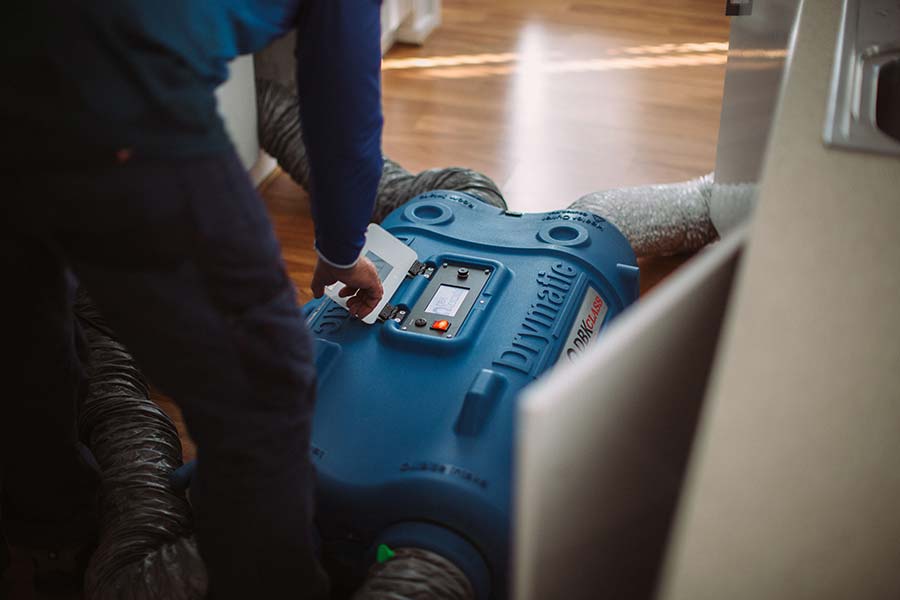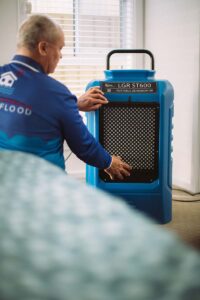What Are Structural Materials and Why Is It Important to Dry Them After Water Damage?
When water damage affects your property, the first things that often come to mind are soaked carpets, wet walls, or damaged furniture. However, the real danger often lies beneath the surface—within the structural materials that form the backbone of your building. Understanding what structural materials are and why they must be professionally dried after water exposure is critical for preventing long-term damage and health hazards.
In this blog, we explain the importance of drying structural materials, the risks of leaving them damp, and how Flood Fixers in Adelaide—an IICRC-accredited water damage restoration company—uses advanced drying techniques to protect your property.
🏠 What Are Structural Materials?
Structural materials are the foundational components of a building that provide strength, support, and stability. These include:
-
-
Timber framing and wall studs
-
Concrete slabs and footings
-
Subfloors (timber or particleboard)
-
Brick or block walls
-
-
Joists, beams, and roof supports
-
Drywall/gyprock (part of load-bearing walls)
These elements are designed to last for decades—but when exposed to water, they become vulnerable to a range of serious problems.
-
-
💧 Why Is Drying Structural Materials So Important?
After water damage, it’s not enough to just clean the surface or replace carpets. Moisture can seep deep into structural materials, where it becomes trapped and often invisible to the naked eye. If left untreated, this can result in:
⚠️ 1. Mould Growth
Mould thrives in dark, damp environments—such as inside wall cavities or beneath floorboards. Once it takes hold in timber or gyprock, it can spread rapidly, affecting indoor air quality and posing serious health risks.
🛠️ 2. Structural Deterioration
Wet timber framing can swell, warp, or rot, compromising the structural integrity of walls and floors. Concrete can also develop cracks due to moisture-induced stres
🧱 3. Material Breakdown
Plasterboard, insulation, and other materials begin to break down once saturated. This can lead to bubbling paint, crumbling walls, or sagging ceilings—all of which are expensive to repair if not addressed early.
💰 4. Increased Repair Costs
Neglecting structural drying often leads to hidden moisture damage, which can remain undetected for months. This results in far more extensive—and costly—repairs later.
🛠️ How Flood Fixers Adelaide Handles Structural Drying
At Flood Fixers, we specialise in advanced structural drying in Adelaide designed to fully remove hidden moisture from deep within your building’s materials. Our approach includes:
✅ IICRC-Certified Technicians
We follow strict protocols as outlined by the Institute of Inspection Cleaning and Restoration Certification (IICRC)—the global gold standard in water damage restoration.
✅ Moisture Detection Technology
We use thermal imaging cameras and deep-probe moisture meters to identify where moisture is trapped inside walls, floors, and ceilings.
✅ Commercial-Grade Drying Equipment
From high-powered air movers to low-grain refrigerant (LGR) dehumidifiers, we use professional equipment to create the ideal drying environment—even in hard-to-reach areas.
✅ Targeted Drying Plans
Every property is different. We create customised drying plans based on material types, humidity levels, and the extent of the damage to ensure thorough moisture removal.
✅ The Long-Term Benefits of Proper Structural Drying
-
Prevents mould infestations
-
Preserves structural integrity
-
Saves on future repair costs
-
Maintains your property’s value and safety
-
Helps with insurance claim documentation by providing moisture and drying reports
❓ Frequently Asked Questions (FAQs)
1. Can I just use fans or heaters to dry the structure myself?
No. Domestic fans or heaters only dry the surface. Structural materials require professional-grade equipment and moisture monitoring to ensure complete drying.
2. How long does it take to dry structural materials after water damage?
It depends on the material, extent of saturation, and environmental conditions. On average, structural drying can take 3–7 days with proper equipment and monitoring.
3. Is mould guaranteed to form if I don’t dry structural materials?
Not guaranteed—but highly likely. Mould can begin to develop in as little as 24–48 hours in damp, untreated areas, especially inside walls or under floors.
4. What are the signs that moisture is still trapped in structural materials?
Common signs include:
-
Musty odours
-
Discoloration or staining on walls
-
Warped floors or walls
-
Ongoing mould outbreaks
5. Why choose Flood Fixers Adelaide for structural drying?
We are locally based, IICRC-certified, and have extensive experience in structural drying across Adelaide. We use industry-leading tools and techniques to ensure your home is dried safely, thoroughly, and quickly.
📞 Need Expert Help with Structural Drying in Adelaide?
Don’t leave your property’s foundation at risk. Whether you’re dealing with burst pipes, storm damage, or flooding, Flood Fixers is here to help. Our team provides fast response, expert assessments, and certified structural drying in Adelaide to restore your property and prevent long-term damage.





